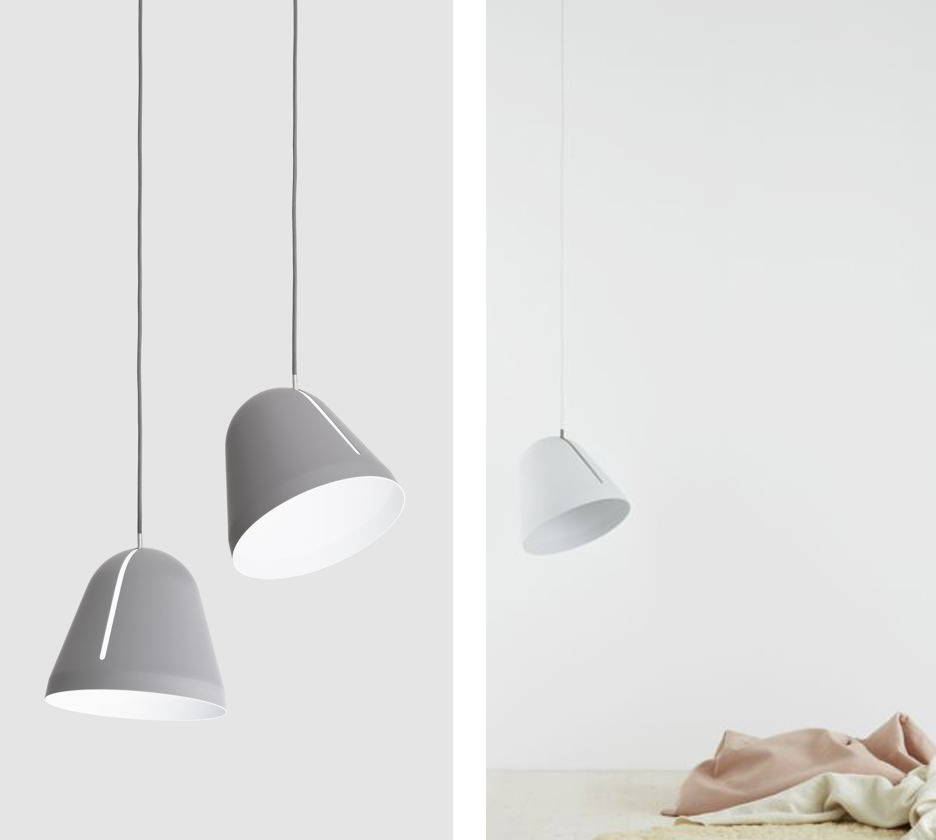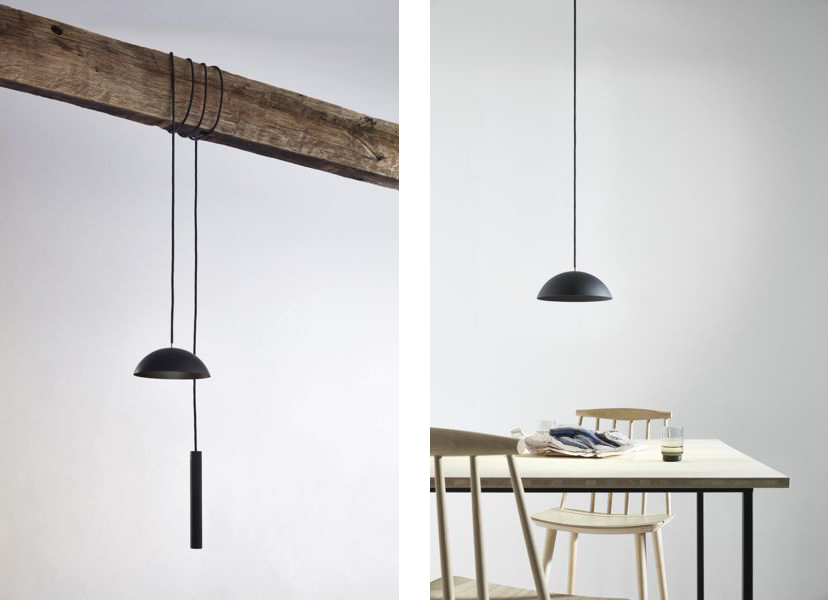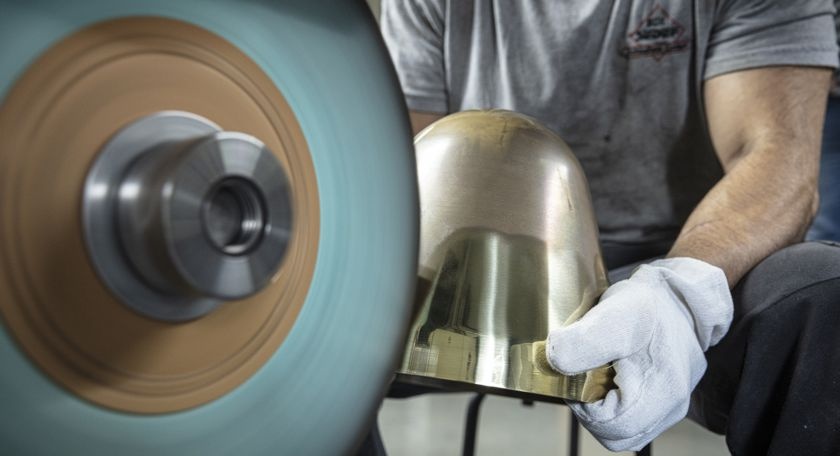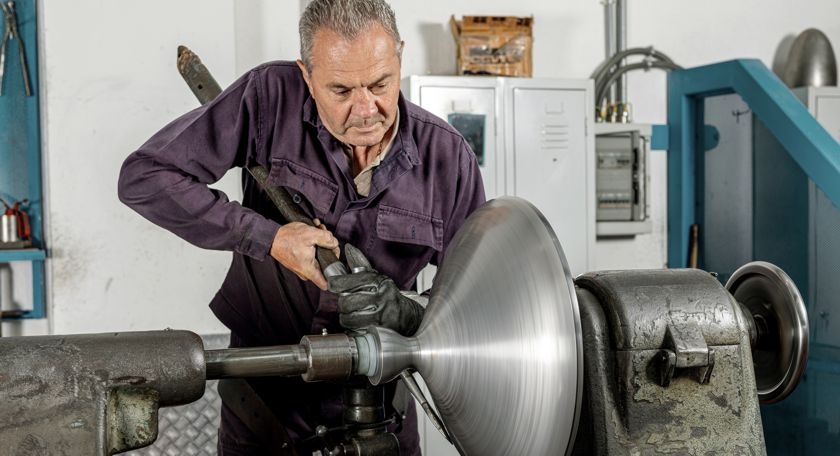Nyta UG
Nyta UG was founded in Karlsruhe in 2012 by Johannes Müller, Johannes Marmon and Fabian Maier. The company and its six-strong team specialises in minimalist lighting ranges. The core team works on the development and design of the luminaires, distribution and production are handled by external partners. In future Nyta aims to focus more on the contract business, i.e. solutions for commercial properties.
www.nyta.eu
www.nyta.eu
Two of Nyta’s three founders: Johannes Marmon and Johannes Müller (from left)






